Brexit explained: How Britain went from a referendum to a possible no-deal EU exit via three prime ministers
A deal has been reached with EU on a Brexit deal. Astonishingly, it’s taken three years and three prime ministers to get here - and it still might not happen. This is your guide to the saga.
UK Prime Minister Boris Johnson came to office promising to end the delays and get on with Brexit, deal or no-deal. And now just like his predecessor Theresa May, he has been thoroughly humiliated by parliament losing a string of votes on the seemingly intractable issue.
Unlike his predecessor he’s been thoroughly humiliated by the country’s highest court too.
But he could be on the verge of the unthinkable — to pull of a Brexit deal that both the European Union and a majority of UK MPs can get behind.
He doesn’t have long to wrap it all up. The UK is due to lave the EU on 31 October. Mr Johnson has said he’s happy to do so with “no deal” in place — but that would mean him breaking the law. And if that looks likely he’s obliged to ask for an extension to Britain’s leave date.
Confused much? Think of the poor Brits. They’ve been living through this for more than three years since June 23, 2016 when, by a margin of a mere 4 per cent, they voted to leave the EU. Neither Britain nor the continental bloc has talked about much else since.
So how has Britain managed to find itself in this long running, slowly unfolding, political stalemate? Let us lead you through it.
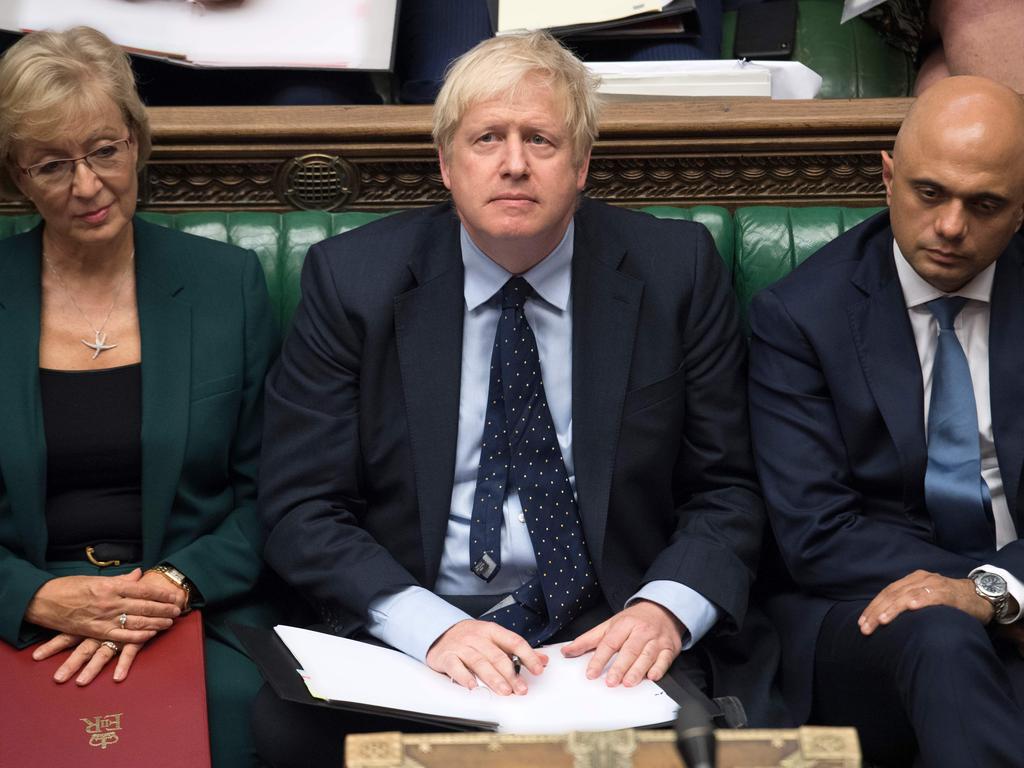
SO WHY HASN’T BRITAIN LEFT THE EU YET?
An entire country has never before left the EU, a union of 28 independent nations. There’s no handy template to guide Britain and, in reflection, it’s all been a bit complex.
For a start, the referendum wasn’t even legally binding so it was up to the UK government to start the leave process.
RELATED: Ultimate challenge for Boris Johnson’s ‘great’ new Brexit deal with EU
In March 2017, almost a year later, then PM Theresa May invoked Article 50 of the Treaty on the EU which meant the UK would leave on March 29, 2019.
But it’s way beyond March 2019 and Britain is still in the EU, making it like that party house guest that makes a hullabaloo about leaving and then, hours later, is still draining the punch.
Twice, it has asked the EU to extend its notice period. The current exit date is October 31 — Halloween.
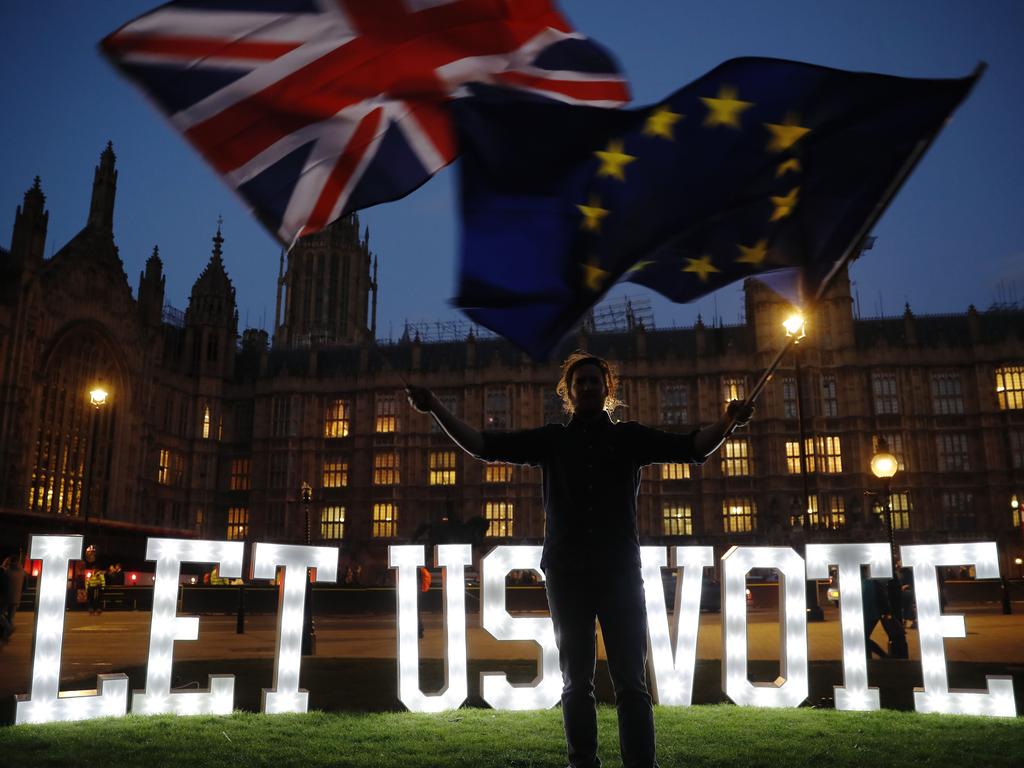
WHY ALL THE HOLDUPS?
Chiefly because of events on June 8, 2017. That was the date of a snap election called by Ms May who was confident her Conservative Party would romp home and could then push through Brexit on its own terms.
Sounds like a plan, except — along with the EU referendum itself — it was one of the biggest political miscalculations in UK history with the Tories losing their majority and governing weakly. Rebel Conservative MPs, at some points many of them, happily upset its agenda. Unable to get any traction, she asked the EU for several delays to Brexit.
But parliament is in many ways a reflection of Britain. When it comes to the EU, the population is divided, parliament is divided, even the two major parties — the Conservatives and Labour — are divided.
Overall, MPs are more pro-EU than the electorate but are loathe to ignore the referendum’s result. Those keen on leaving keep talking about what Brexit Brits really want — “hard”, “soft”, “clean” — but no one knows as the referendum question never went into that level of detail.
WHAT IS ALL THIS BUSINESS ABOUT DEAL OR NO-DEAL?
Sounds like a game show but sadly, it’s not as entertaining. Leaving the EU with a “deal” would see the UK have a transitionary period after Brexit where, for instance, it would keep the same laws, rules and regulations in place. Trucks would zip through the ports and EU citizens could come and go as they please.
“No-deal” would see the UK leave the EU with few if any agreements in place. Whether this would be a catastrophe or a minor blip depends on who you speak to.
It would mean EU citizens not already in the UK would not be able to stay and live, tariffs might be levelled on goods and border checks could, some fear, lead to food and medicine shortages.


SO THIS DEAL OR NO-DEAL BUSINESS IS JUST FOR A ‘TRANSITIONARY PERIOD’?
Yes. Whether the UK and EU can agree a deal is only stage one of London’s messy divorce with Brussels. It would last for maybe two years while Britain and the EU negotiated a longer lasting free trade deal. That likelihood of that agreement is often referred to as being either a “soft” or “hard” Brexit.
A soft Brexit would see the UK adhere to many of the EU’s existing rules which would ease business links on both sides but would anger some Brexiteers.
A hard or, as some say, “clean” Brexit could initially be messy for businesses with the UK and EU ending all their agreements. But a future free trade deal may, only may, smooth over some of these bumps.
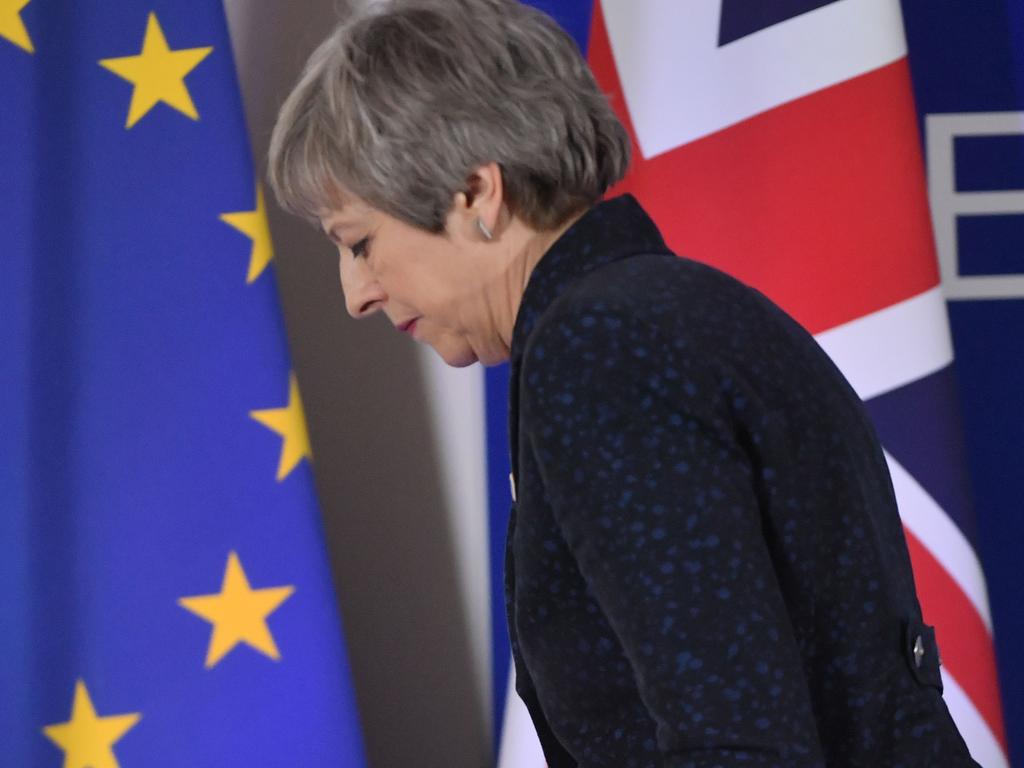
DIDN’T THERESA MAY HAVE A DEAL WITH THE EU?
Yes she did. But parliament said no. Several times. Ms May lost a series of votes on her proposed deal with the EU, including one by a whopping 230 votes, the largest majority against a UK government in history. It was all so hard, she resigned and now Mr Johnson has the top job.
I HEARD THAT DEAL FELL APART BECAUSE OF THE BACKSTOP? WHAT’S THAT?
The backstop relates to the island of Ireland.
Right now, both parts of Ireland are governed by EU member states. And in common with many other EU member states, there are no border checks. The only way you know you’ve crossed from Ireland to the UK is the road signs change from kilometres to miles.
After Brexit, Northern Ireland, which is part of the UK along with England, Scotland and Wales, would be outside the EU.
That should mean the return of border infrastructure. But having no obvious frontier has meant residents can live, work and trade all over Ireland. It has also been credited as one of the reasons the island’s sectarian, and deadly, conflict has lessened.
Enter the backstop. This was a fallback position which would prevent a physical border even if the EU and UK couldn’t agree on some other arrangement.
However, the price for the backstop would be that either Northern Ireland or the UK as whole adheres, potentially forever, to some EU regulations. That didn’t go down well and has now been scrapped.
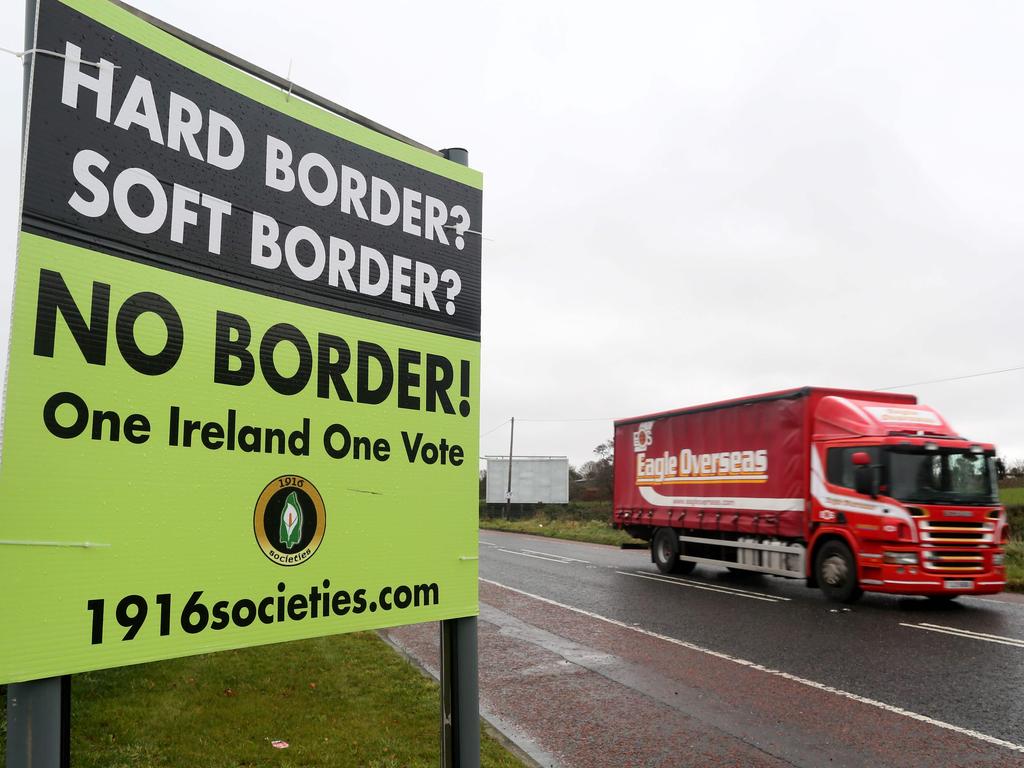
WHAT’S MR JOHNSON’S PLAN?
He thought Ms May was too soft with Brussels and the only way to get it to negotiate was to threaten no-deal, and mean it. Mr Johnson hoped acting tough with the EU would bring back voters to the Tory fold that defected to the Brexit Party headed by arch-Brexiteer Nigel Farage.
He has said he would rather “be dead in a ditch” than delay Brexit beyond October 31.
WHAT HAVE THE EU SAID?
They have in the past said the only deal is the one signed with Ms May — backstop and all.
But now they have agreed to a new deal which removes an open-ended backstop but retains elements of it.
It would see Northern Ireland leave the EU customs union but follow EU rules on some goods. That will mean the hole UK could strike free trade deals with other countries.
The new deal could work like this: English, Welsh and Scottish companies sending goods to Northern Ireland would have to pay an EU tariff on those goods but they could claim that money back if the products were then sold only in Northern Ireland, as it’s part of the UK. Goods that went to Ireland would not be liable for a rebate on that tariff.
It’s a classic fudge. It will allow the UK to say the entire country has left the EU but, at the same time, a border of sorts will have been drawn in the Irish Sea. This outcome will mean people and goods across the entire island of Ireland could travel with ease across the Irish border.

SOUNDS A LOT LIKE THERESA MAY’S DEAL
It is. And then lots of Tory and MPs and MPs from Northern Ireland’s biggest party said they wouldn’t vote for it. However, the recent chaos of Brexit, the realisation there is no perfect deal and the fear of a possible second referendum, which could overturn Brexit, appears to have focused some minds.
But, the PM has to get a deal through parliament and there is still no guarantee of that. The Democratic Unionists, the Tory party’s partner in the House of Commons, have said they will vote against it. That makes the numbers very tight.
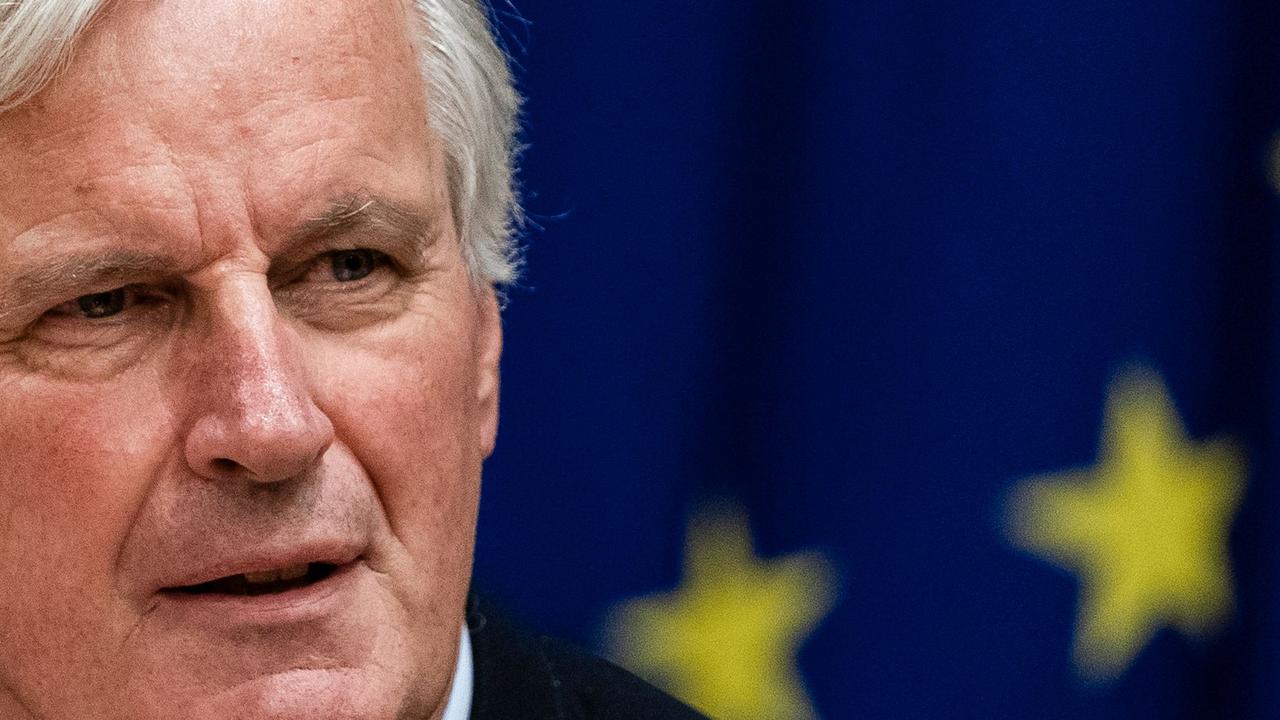
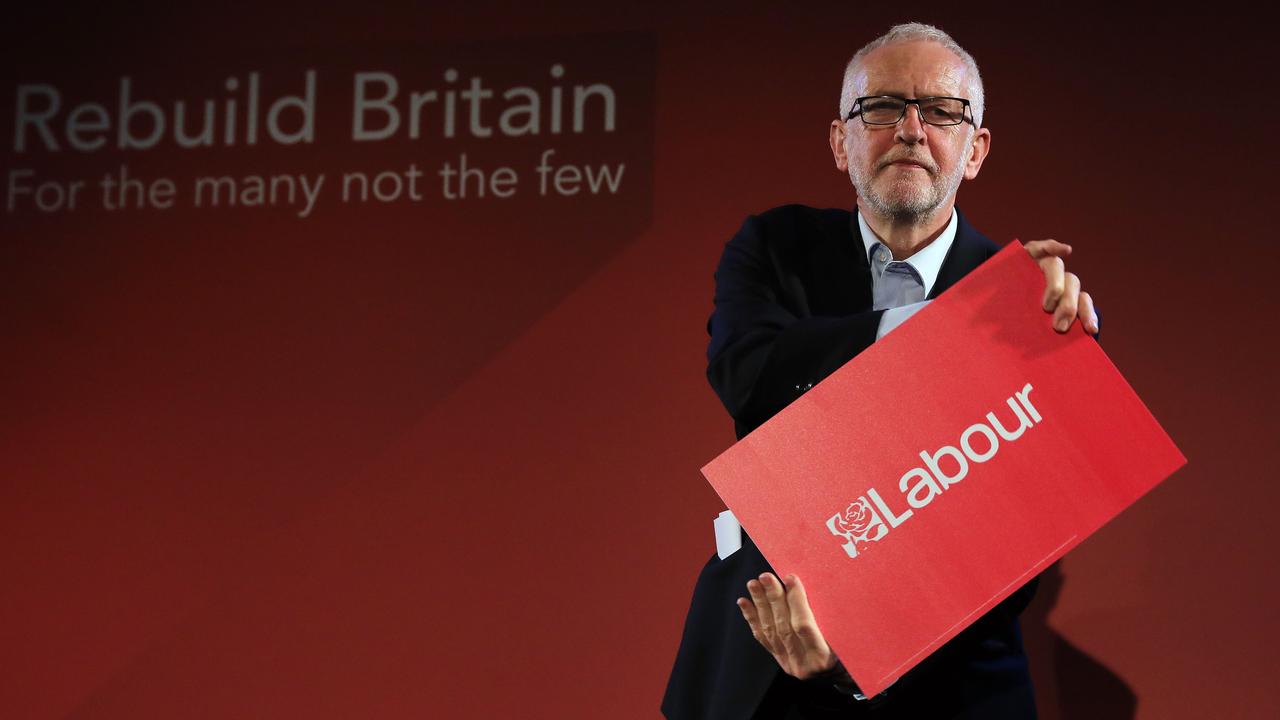
WHAT ABOUT BRITAIN’S OPPOSITION? DO THEY WANT TO STAY IN THE EU?
Labour is as divided as the Tories. No wonder, because lots of their voters want to leave the EU. However, the party has said it will consider a second EU referendum to see if Brits really, really, want to leave. Mr Johnson has said one vote is enough.
SO, WILL BRITAIN LEAVE ON OCTOBER 31?
It could, but may not. Legally, if Britain does nothing it will fall out of the EU in a big soggy lump at 11pm on Halloween. But Mr Johnson is now legally obliged to ask the EU to put off that date if no-deal looks likely.
However, even if he can get a deal, it’s unlikely it will be able to be scrutinised, debated and voted upon in time. So the UK may have to ask for another short delay either way.

CAN HE CALL AN ELECTION?
That’s what he wanted to do but the Commons denied that request. An election cannot be called in the UK midterm unless two thirds of MPs agree — and they don’t.
A GENERAL ELECTION DIDN’T WORK OUT FOR MS MAY THOUGH?
Yup. If Mr Johnson lost, or won only by a small margin, anything could happen. Britain could have a second referendum, could delay Brexit day, negotiate a deal, or we could still be where we are now.
PARLIAMENT WAS PROROGUED. WHAT DID THAT MEAN?
Parliament was prorogued, or suspended, in early September on the Queen’s orders, which was actually on Mr Johnson’s advice. This often happens before the Queen’s speech, when the monarch sets out her government’s plans.
However critics said five weeks was far longer than needed and that it smelt like an attempt to stifle Brexit debate.
If that was the plan by the PM, it didn’t work, as MPs managed to frustrate his Brexit plans in the few sitting days they had.
On 24 September, the UK’s highest court, the Supreme Court, declared the suspension was unlawful. The prorogued parliament was un-prorogued and MPs returned to debate Brexit.
Parliament was then prorogued again, but this time just before the Queen’s speech which was deemed fair enough as that’s what usually happens.
In her speech, the Queen stated her government’s intention to leave the EU. And so, the Brexit merry-go-round continues.




